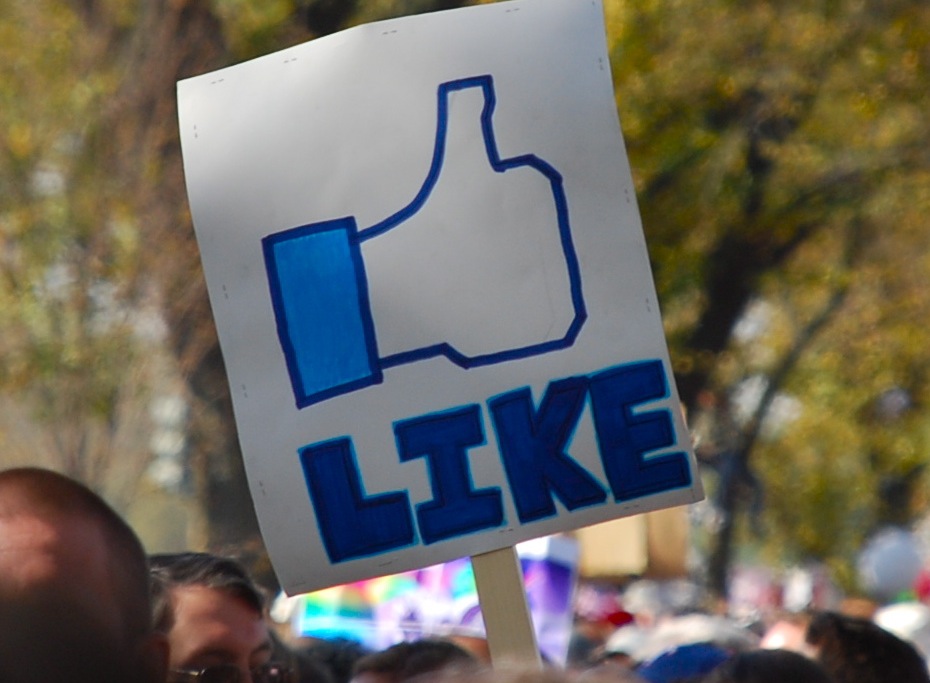The Psychology of Sharing: 3 Things You Need to Know

There are many psychological drivers that govern the way
we share, says Natalie Nahai, aka The Web Psychologist. These subconscious principles can be useful in creating compelling content. Here, ahead of her appearance at Chinwag Psych, she examines three of the most effective:
Social Validation
Social validation refers to our desire to develop ‘meaningful social relationships, and retain a favourable self-concept’ [1].
As a social species, we are psychologically driven to strengthen our friendships and do things that make us feel good about ourselves. This is one of the key (albeit subconscious) reasons why videos such as Grumpy Cat or Harlem Shake go viral.
They make us laugh, and we share them in the belief that they’ll make our friends laugh too, strengthening our social ties in the process.
Action tip: If you want your content to get shared, aim to enrich your target group’s relationships and self-concept. At a fundamental level, you can do this by creating something shocking, funny or novel, bringing us neatly to the second point.
Novelty
Contrary to the belief that similarity breeds connection [2], online sharing is different.
In a study of content sharing on Facebook [3], researchers found something they didn’t expect – that your weakest ties are often the most influential. You’re ten times more likely to share a link from a weak connection than a close friend.
Why? Because that information is more likely to be novel. This effect is so pronounced that your ‘weak ties are collectively responsible for the majority of information spread’ [4].
Action tip: Look at the content that is being shared in your target group and classify each into one of two buckets: ‘normal’ or ‘novel’. Once you’ve established the key themes or elements that define each category, you can use your findings to create, source and share content that will be more popular.
Emotional Arousal
It's no surprise that content which goes viral does so because it pushes emotional buttons.
But it’s not just feel-good content that benefits from this principle. Recent research has shown that content that induces high-arousal states – whether they’re positive (joy and awe) or negative (anger and anxiety) – can be very effective at boosting social transmission online.
You need only look at the success such campaigns as BMW’s advert ‘The Hire – Ambush’ and Allstate’s ‘Mayhem’ series have enjoyed, to see negative emotional arousal in action.
Action tip: If you’re crafting content from scratch, think about which high-arousing emotional state you want to induce in your viewers. Whether you want them to feel joyous or freaked out, if you build the right emotional triggers into your content’s narrative, its shareability will soar.
Read Nathalie's best-selling book, Webs of Influence or meet the author at Chinwag Psych on May 9th.
[1] R. B. Cialdini and N. J. Goldstein (2004) ‘Social influence: Compliance and conformity’, Annual Review of Psychology, 55: 591–621.
[2] M. McPherson, L. Smith-Lovin and J. M. Cook (2001) ‘Birds of a feather: Homophily in social networks’, Annual Review of Sociology, 27: 415–44.
[3] E. Bakshy (2012) ‘Rethinking information diversity in networks’, Facebook Data.
[4] N. Nahai (2012) ‘Webs Of Influence: The Psychology Of Online Persuasion’, Pearson.
Photo (cc) afagen





